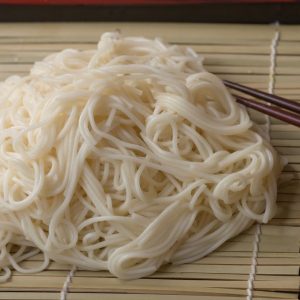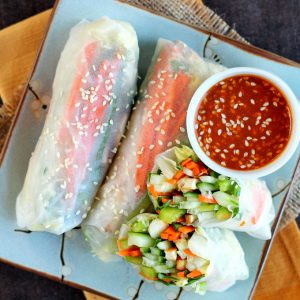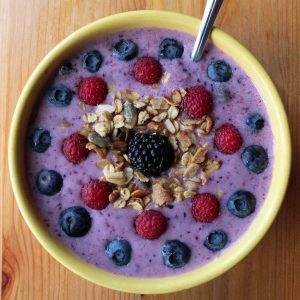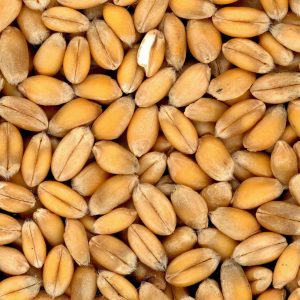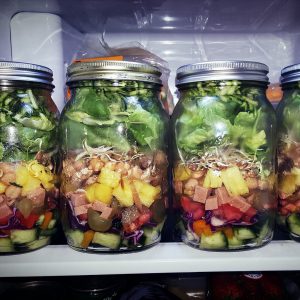The Difference Between Active Yeast and Nutritional Yeast
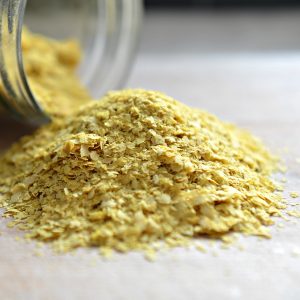

If you're even a little bit interested in vegan cooking, you've no doubt seen nutritional yeast mentioned in a recipe somewhere.
It usually appears whenever you need to veganise something that is traditionally creamy or cheesy - such as spinach artichoke dip or vegan mac and cheese. We've been using nutritional yeast in our recipes quite a bit recently and one question that keeps popping up from readers is, "Can I substitute the nutritional yeast for active yeast?"
Simply put: no you cannot! Active yeast is not the same thing as nutritional yeast and will yield very different results when used in cooking... So let's clear up the differences between the two once and for all.
Active yeast is used as a leavening agent in breads and other baked goods. It is used to make your baked goods rise and add a bit of fluffiness to them. It comes in a jar and is usually found in the baking aisle of your supermarket.

Nutritional Yeast - Image: Yummy Mummy Club
And what is nutritional yeast? Nutritional yeast is a deactivated yeast so it won't do anything if added to your baked goods - except maybe give them a cheesy flavour. It is made from a single-celled organism called Saccharomyces Cerevisiae which is grown on molasses and then harvested and dried with heat to kill (or “deactivate”) it. It's inactive so it doesn't grow or "froth" like baking yeast. But what it does have going for it is its cheesy and nutty flavor that is great in sauces, as a topping on popcorn and in lots of other delicious ways. It is actually really healthy - a complete protein, a good source of vitamins including B vitamins and is dairy and gluten free.
So next time you see a recipe refer to nutritional yeast, you'll know that it is a whole different thing to active yeast and the two cannot be used interchangeably. And anyone with yeast intolerance or candid overgrowth can also rest easy. Nutritional yeast is an entirely different strain of yeast and bears no relationship or connection to candida. In addition to being a different strain, the fact that it is inactive means it has no effect on candida at all. Your body treats it just as it would any other food.
Sumati MendaNEWSLETTER SIGNUP
Never miss a post from VeggieBuzz!
Sign up for our newsletter to get the latest VeggieBuzz content delivered right to your inbox.





